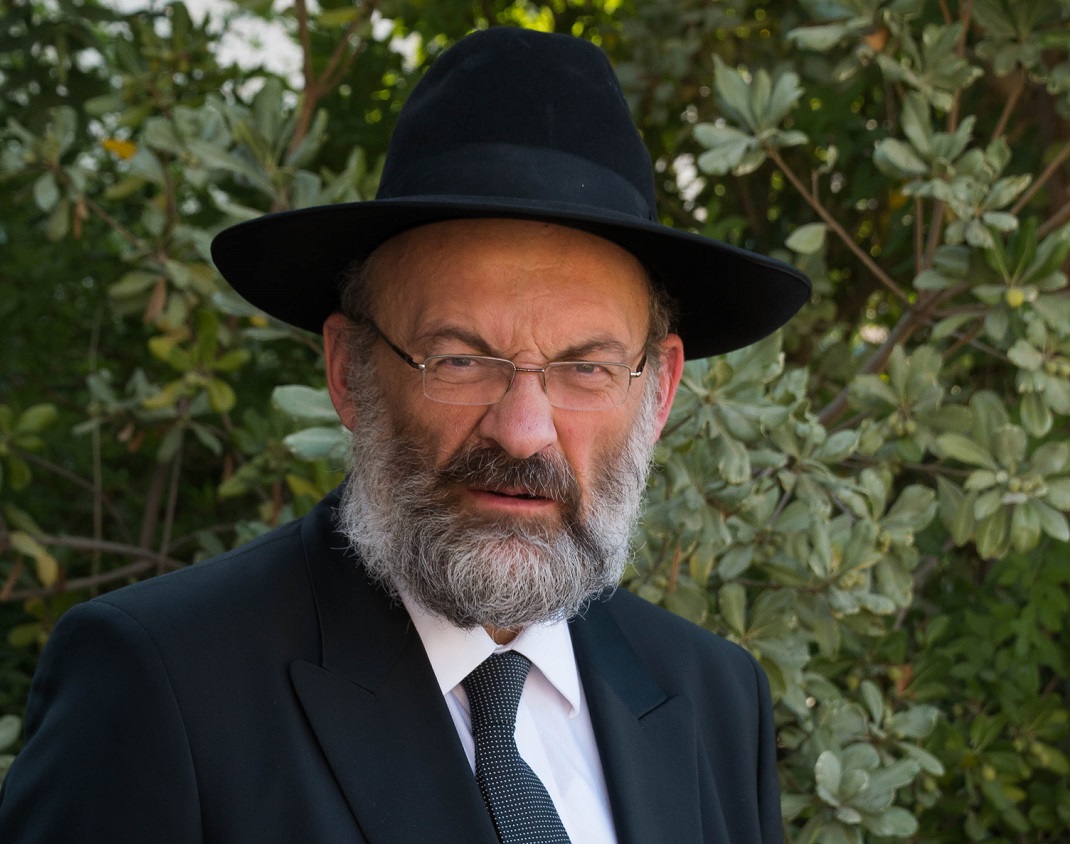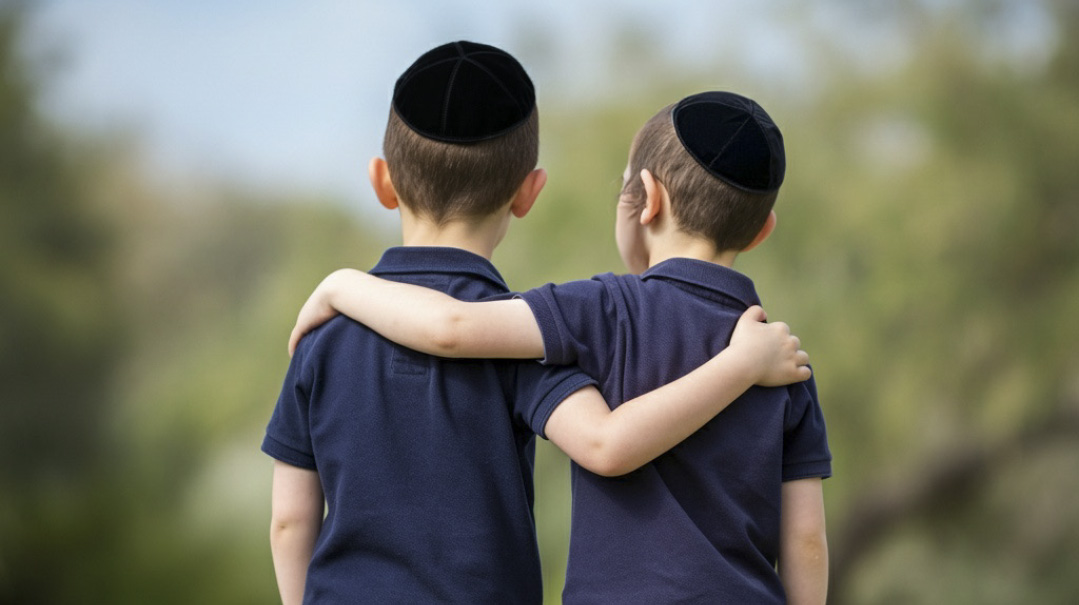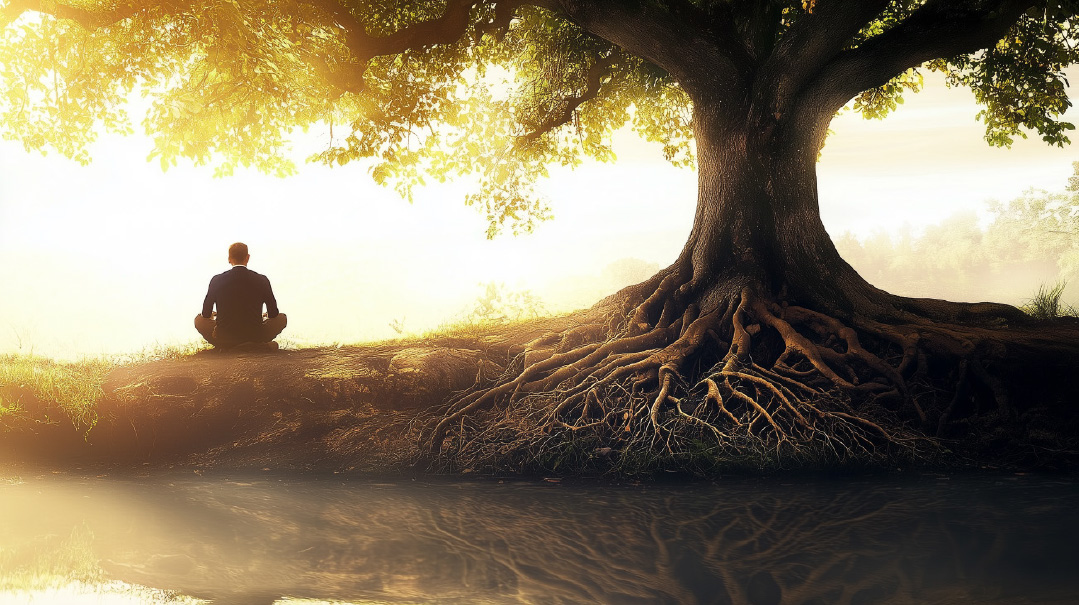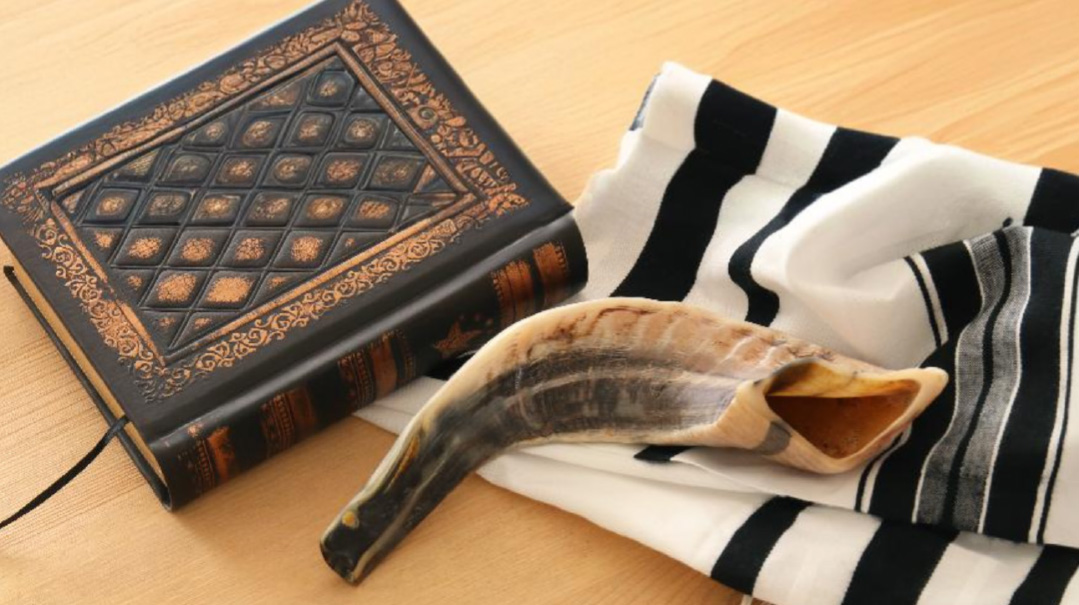Trees Teach Us about Growth

We need to identify our own metaphorical roots, trunk, and branches

H
ow does a person grow? Here and there, in rare moments of respite from our hectic schedules, we ask ourselves that question. We fill our daily lives with mitzvos and good deeds. But in our personal development, most of us feel stagnant. How do we become bigger and broader people?
The Alter of Kelm used to grow wheat in his yeshivah. No, he wasn’t a miller or a baker. He explained that seeing dynamic growth in the world around you sparks personal growth, and can in fact illustrate how a person should grow. We can learn how to grow from nature.
In nature, a tree grows the most. Trees grow continuously throughout their lifespans, and reach prodigious heights. We have a lot to learn from trees about growth. What’s more, we’re innately equipped to grow like them, for the Torah likens a person to a tree.
To learn how to grow from trees, we should contemplate three parts of a tree: the roots, the trunk, and the branches. We need to identify our own metaphorical roots, trunk, and branches, and understand how they each contribute to our growth. In this column, we will focus on the roots; in future columns, we will discuss the trunk and branches, im yirtzeh Hashem.
What functions as our roots? To answer that, we first have to realize that a tree has many roots, which spread out all over the place in a very disorganized fashion. That’s because roots bring water and nutrients to the tree. They seek out nourishment wherever they can reach. We too have roots that bring us the “nourishment” we need to grow. Those roots are our past experiences. They give us the tools, and the confidence, to take on new challenges, improve our characters and break free from negative tendencies.
Dovid Hamelech teaches us this lesson. Dovid, young and inexperienced in battle, volunteered to fight Goliath, and went to persuade Shaul Hamelech that he was fit for the job. Needless to say, Dovid, the composer of Sefer Tehillim and the fourth “leg” of the divine Merkavah, was a deeply religious man. What would you expect such a religious person to say to express his confidence? “Hashem will help me!” But that was not how Dovid phrased his argument.
Dovid said: “I was a shepherd, and once a lion grabbed a sheep from my flock. Another time a bear did the same. I went after them and snatched the sheep out of their mouths. They rose up against me, and I slew them. Goliath will be like the lion and the bear.” Only then did he add: “Hashem Who saved me from the lion and the bear will save me from Goliath.”
He firmly believed that Hashem would help him, of course, but that wasn’t the crux of his argument. He looked at his own experiences, and they showed him that he was capable of taking on Goliath. Though he had never been a warrior, he recognized that his life had unexpectedly prepared him for this new
challenge.
WEcan even learn this lesson from Hashem Himself. At the burning bush, Hashem revealed Himself to Moshe Rabbeinu and told him to take the Jewish People out of Egypt. For a whole week, Moshe argued that he was unworthy of the task. He told Hashem, “I am not a man of words. I am heavy of mouth and heavy of tongue, and cannot speak before Pharaoh.”
Hashem responded: “Who gives a person his mouth, and who makes a person mute, deaf, clear-sighted or blind? It is I, Hashem!”
Hashem’s statement is self-evident to any person of faith. You and I would not need any evidence, let alone Moshe Rabbeinu, who was actually conversing with Hashem. Yet Hashem brought proof for His words.
What was Hashem’s proof? Says Rashi, based on the Midrash: “ ‘Who gives a person his mouth’ — who taught you to speak when you were on trial before Pharaoh for the Egyptian you killed? ‘Who makes a person mute’ — who made Pharaoh mute and fail to exert himself in carrying out your execution? Who made his servants deaf, so that they didn’t hear his orders? And who made the executioners blind that they could not see when you fled?”
Hashem told Moshe: Look at your own life! Remember your experiences when you stood before Pharaoh many years ago. Examine them, contemplate them, and see that you have the ability to go and speak to Pharaoh. Let your own life nourish you to accept the mission you thought you were incapable of.
Our past experiences are our roots. They give us the nutrition we need to grow through life’s challenges and tackle deeply entrenched defects in our character. Many people don’t understand this. They think we have to import our nutrition from outside sources: “To become more patient, I need to take a course on patience.” “If I struggle with anger, I need to attend a workshop on anger management.”
It doesn’t work like that; knowledge alone doesn’t give us the nutrition we need to grow. Our nutrition is within us, in our own life experiences.
We all have nutrition in our own life, but you have to look for it. The nutrition you need for any given challenge could be hidden where you least expect it. It could be an experience that at first seems totally irrelevant to your present challenge. That’s why a tree’s roots are everywhere. We, like a tree, need to use our roots to search in every direction for the nutrition we need.
Let me illustrate this with an amusing fact about me. I know we’re in the digital age, but many people still have family photo albums. Neat, organized albums from various occasions or trips. An album of this child’s bar mitzvah, that cousin’s wedding, the family vacation in Fiji… You know what to expect when you open an album, and if you’re looking for a particular picture, you know where to find it. Everyone organizes their pictures like that — except for me.
I don’t have any albums at home; I have a few big boxes of pictures. Once or twice a year, when all the grandkids come over, we throw all the pictures on the floor, and everyone grabs one. Voices call out, “Wow, do you remember that? Where was that? Who is that next to Zeidy?” Nothing is expected; every picture is a surprise. (Trust me, it’s much more fun that way.)
You have to know: In your heart, you do not have photo albums of experiences. You have a box of pictures, and you can’t know where to find the nutrition you need for your current challenge. You have to sift through all the “pictures” of your experiences until you see one that offers you lessons or strength for your current endeavor. Today, you might need a picture from last week; tomorrow, you may need a picture from 50 years ago. No course or book can teach you where to find your nutrition; you simply need to search in every corner of your heart, like a tree’s roots seek out nutrition.
We are rooted in our own lives. Our past experiences are the roots that help us grow through life’s constant challenges and pursue personal greatness. We have to realize that every experience isn’t just a memory; it’s a manual for growth. Remember your experiences, store them in your heart, and when you need one, search through them carefully to find the one that gives you the nutrition you need. Like Dovid Hamelech, find the lion or the bear in your own life that empowers you to face the Goliath at hand.
(Originally featured in Mishpacha, Issue 1017)
Oops! We could not locate your form.







